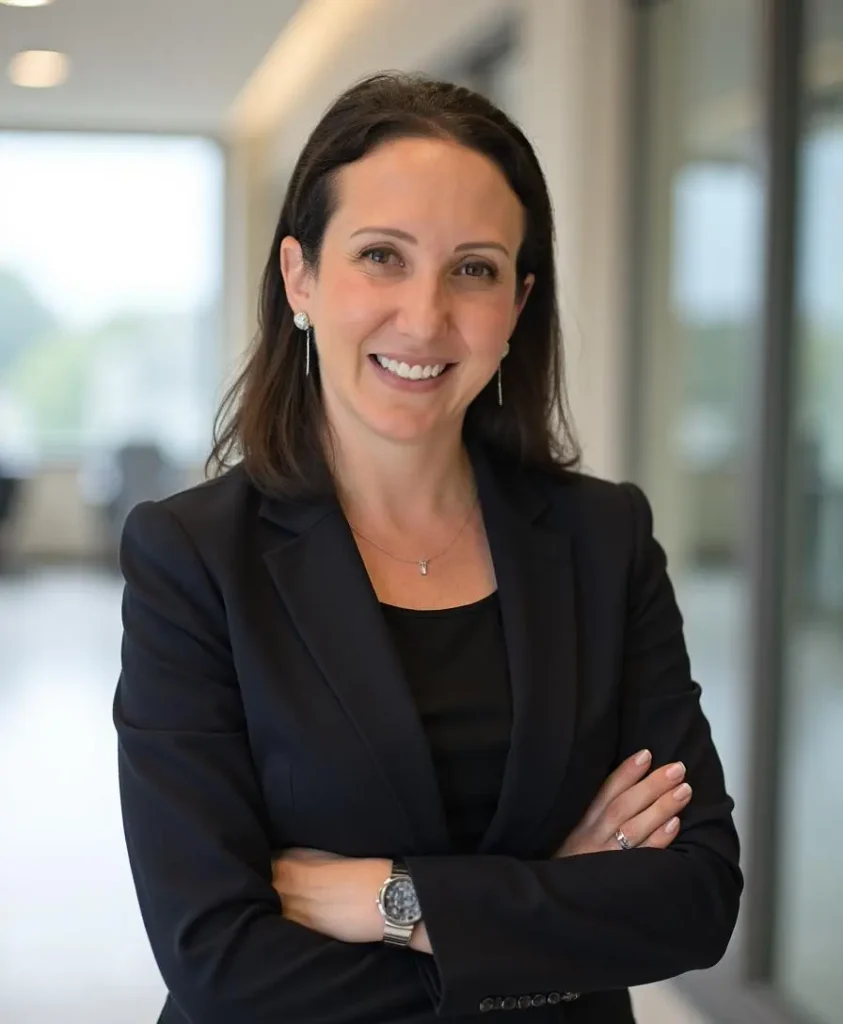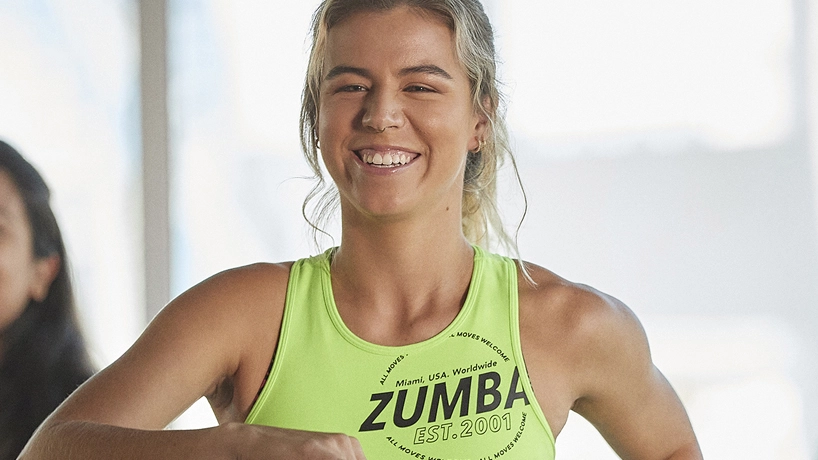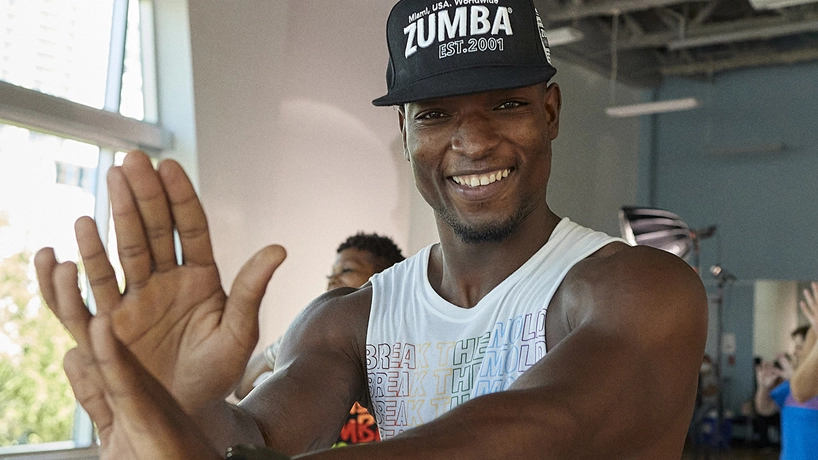By combining continuous education, peer-to-peer learning and global community, Zumba is setting a new standard for how instructors are supported long-term.
For nearly 25 years, Zumba has been shaping the way the world moves. But behind the music and energy is a deeper story — one centered on instructor education, empowerment and support. In an industry where many certification programs end the moment a license is issued, Zumba has long recognized that sustained investment in its instructors benefits not only them, but also their participants and the global Zumba community.
Instead of leaving instructors to figure out business growth, client retention, and continuing education on their own, Zumba built the Zumba Instructor Network (ZIN) — an evolving ecosystem that delivers fresh content, peer-to-peer learning and community at scale. The result is a global support system that empowers instructors to thrive as both fitness leaders and entrepreneurs.
In this conversation with Athletech News, Yael Dornbusch, Zumba’s Chief Subscription Officer, explores the gaps in traditional models and how Zumba’s holistic approach is reshaping instructor education and licensing.

Athletech News: What do you see as the biggest shortcomings of instructor education today?
Yael Dornbusch: Traditional certifications often give you the knowledge to say you’re certified, but not all the tools to thrive in a class setting or run your business. They rarely cover things like how to build community, keep members engaged or adapt to different learning styles. At Zumba, we recognize that an instructor’s journey really begins after they are licensed. Success in the real world requires ongoing content, support and connection — not just a one-time credential.
ATN: Why is ongoing education and support critical for instructor growth in today’s fitness landscape?
YD: Fitness is constantly evolving, and so are the needs of participants. Without continued learning, instructors risk falling behind. Ongoing education keeps instructors motivated, innovative and confident in their skills.
Support — whether through fresh music, choreography or mentorship — ensures they’re never alone on the journey. It’s important to surround instructors with the resources they need to not just maintain their skills but grow them every single month.
ATN: The Zumba Instructor Network (ZIN) has been built for this reason – tell us about it.
YD: ZIN is more than a network; it’s a lifeline. Every month, instructors receive new choreography, music, continuing education and teaching tools designed by experts and informed by global trends. Equally important, they gain access to a worldwide community of peers who share best practices, collaborate and cheer each other on. That mix of professional resources and human connection is what makes ZIN unique.

ATN: Fitness trends change fast. What systems are in place within Zumba’s model to ensure instructors stay relevant and never feel “stuck” teaching outdated content?
YD: We deliver fresh content every month: new music, choreography, education and marketing materials that reflect the latest in fitness, culture and music. Our team constantly monitors global trends to ensure instructors are aligned with what participants want today — not five years ago. In addition, instructors can train in specialty programs like Zumba Gold, Zumba Kids or Aqua Zumba to diversify their offerings. Formats like STRONG Nation, CIRCL Mobility and the upcoming ZUMBA + LIFT add even more variety. That combination ensures instructors are never stagnant, always ahead and always inspired.
ATN: How does peer-to-peer learning within ZIN compare to traditional top-down education models, and why is community such a powerful part of instructor development?
YD: In traditional models, information flows one way: from the expert to the student. With ZIN, knowledge flows in all directions. We’ve created systems and platforms that allow instructors to teach each other, share class hacks, exchange playlists and mentor one another. That kind of peer-to-peer learning creates innovation and resilience you can’t replicate in a classroom. Community gives instructors not just professional growth, but emotional support, which is equally important in sustaining a long, successful career.

ATN: Zumba is known for bringing in diverse instructors worldwide. How does your education system ensure accessibility — culturally, financially and linguistically — in ways traditional models often don’t?
YD: Accessibility is at the heart of Zumba. We translate content into multiple languages, curate music and movement styles from around the world and ensure instructors see themselves represented in the material.
Financially, ZIN is designed as a subscription, which keeps costs manageable while delivering continuous value. We also offer a wide range of virtual, on-demandand in-person education options so instructors can learn in the way that works best for them. Inclusivity isn’t just a value for us — it’s built into the structure of our education.
ATN: As digital platforms grow, what does the future of instructor education look like?
YD: The future is hybrid. Nothing will replace the energy of learning in person, but digital tools allow for flexibility, scalability and global reach. ZIN blends both by offering livestreamed and on-demand trainings alongside live trainings and conventions. This means an instructor in a small town has access to the same quality of education as someone in a major city.
What truly sets us apart is that our virtual options don’t come at the expense of connection. We intentionally create spaces for peer-to-peer support, idea sharing and community building so instructors feel part of something bigger, no matter where they are. Plus, our education model isn’t a one-and-done experience; it’s a lifelong learning journey where live and digital options work hand in hand to keep instructors supported, connected and growing over time.
ATN: If the wider fitness industry were to rethink instructor education in this way, what ripple effects would you expect to see for instructors, members and communities?
YD: If the industry embraced continuous support, I believe we’d see instructors staying longer in the field, more connected to their communities and more financially stable. Participants would feel that energy and innovation in their classes, leading to higher retention and greater wellness outcomes. Communities would benefit from instructors who see themselves not just as fitness leaders, but as cultural and social connectors. In short: healthier instructors, happier members and stronger communities everywhere.



